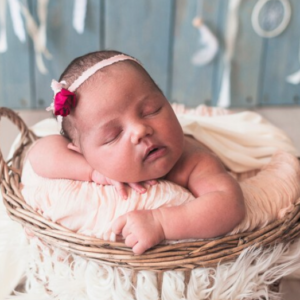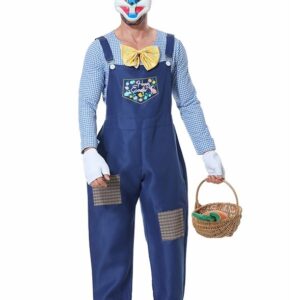India, just like every other country, has a very rich history of culture and traditions. It all began in 5000 BCE with the Indus valley civilization. Since then, we have come a very long way and have progressed tremendously in every walk of life. But what gives us a distinct identity is our cultural and traditional values. Our country has been ruled by hundreds of rulers. Several dynasties came and went. Foreign rulers visited India and got permanently settled here. Native Indians, their art forms and culture influenced these foreign rulers and it can be witnessed in their art and architecture as well. In this article we shall discuss about various Indian art forms and from where you can purchase famous Indian paintings of different styles.
The origin of Indian art can be traced back to pre-historic settlements in the 3rd millennium BC. And as we come to the more recent times, Indian art has had social as well as religious impacts. India is a predominantly Hindu country, but foreign Muslim invaders and British rulers also ruled here for a significant period of time. Under their reign, a unique blend of religious and social customs were witnessed in the art forms that emerged during their respective era. Therefore, to have a better understanding of the country’s history, it will be more convenient to get a better idea about its art as well as craft forms.

Indian paintings, sculptures and other relics have a tendency of mesmerizing the people. Many historians and art scholars have tried to understand the in depth meaning of Indian art form. Indian paintings, for the convenience of a layman to understand, can be divided into two categories, murals and miniatures. Murals are huge paintings that are done on larger surfaces using appropriate tools. The finest examples of Indian murals are the Bhimbetka rock shelters which are estimated to be around 30,000 years old. These murals are cave paintings, the work of pre-historic men. Further studies revealed that natural pigments such as mineral extracts, blood mixed with etc. were used as colors and were painted using basic tools made up of wood, bones and leaves. Another example is the Ajanta caves, depicting Buddhist art. These are the finest rock cut architecture depicting stories and episodes from the life Gautama Buddha. Both the Ajanta and Bhimbhetka caves have been declared the world heritage sites by the UNESCO.
Miniature paintings, as the name suggests, are done on much smaller frames that are rather portable and easy to carry around. Indian miniatures also have a very rich history. Let us have a look at some of the significant styles of Indian miniatures:
- Rajput paintings: Emerging in the 18th century, Rajput paintings cover a variety of themes. Most famous are the events from Ramayana and Mahabharata, scenic beauties, and landscapes. Rajputs worship nature and it is evident through their miniature paintings. These miniatures are used till date to adorn the walls of palaces, inner chambers of the forts and havelis in Rajasthan.
- Madhubani painting: Madhubani style emerged in Mithali region of Bihar and neighboring areas of Nepal. These miniatures are also famous for depiction of Hindu deities especially Krishna, along with scenic beauties, landscape, wildlife and flaura. Natural colors extracted flowers, herbs and plants are used to poaint Madhubani miniatures.
- Pattachitra: Pattachitra literally translates to leaf paintings. This style emerged in Orissa and is quite unique in its own as beautiful paintings are done on fragile palm leaves. The depictions of Lord Jagannath are quite common and the tools involved are different as paint brushes are made from fine hair of animals.
- Bengali paintings: Closely associated with the Indian nationalist movement of the early 1900s, Bengali miniatures draw heavy influences from British art. Made famous by the Tagore family, Bengali art was used an instrumental tool to sway the patriotic feelings of the people.
Mughal, Pahari, Tanjore, Mysore, Kalighat and Phad paintings are some other categories of famous Indian miniatures. To buy Indian art, you can either visit art galleries and exhibitions or purchase them online. The emergence of online trading has paved the path for online art galleries. Web galleries are virtual portals that indulge in selling and buying of authentic Indian art. People who want to buy Indian art can visit web galleries and browse through the extensive collection they have to offer.
When it comes to the authenticity of Indian art being sold online, you need not worry about it. Web galleries provide certificate of authenticity bearing the signature of artist and a government stamp. You can exercise the option of home delivery and free shipment. By staying in the comfort of your home, you can purchase Indian art online with just a few mouse clicks. Due to their user-friendly features, web galleries are slowly replacing their offline counterparts.




